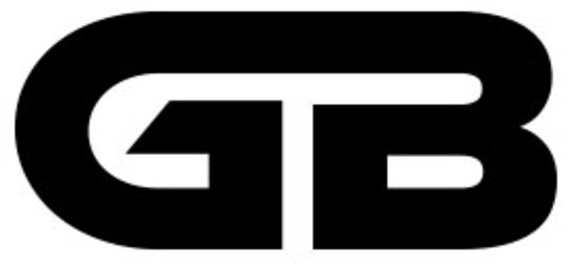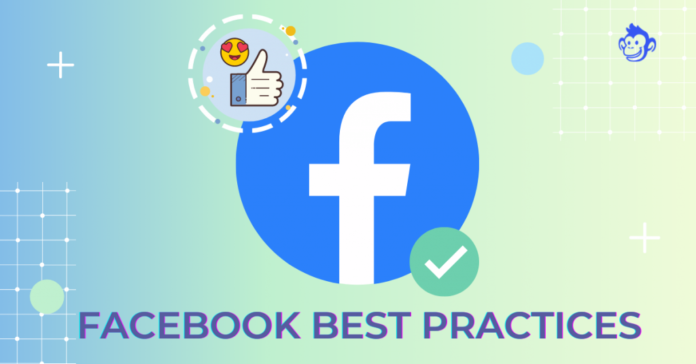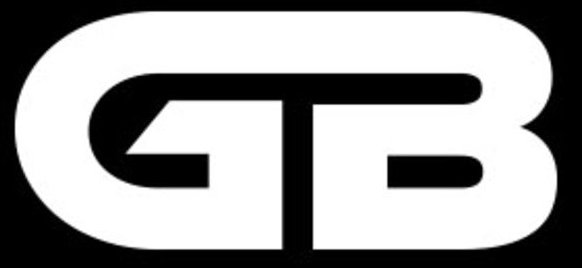Facebook advertising is one of the most powerful tools available for businesses to reach their target audiences, increase brand visibility, and drive conversions. With billions of active users worldwide, Facebook offers advertisers a massive platform to showcase their products and services. However, achieving success in Facebook advertising requires a strategic approach, thoughtful execution, and adherence to best practices.
Here’s a comprehensive guide on the best practices for Facebook advertising to help you create campaigns that deliver exceptional results.
1. Understand Your Target Audience
One of the primary advantages of Facebook advertising is its advanced audience targeting capabilities. To maximize the effectiveness of your campaigns, take time to clearly define your target audience.
Steps to Define Your Audience:
- Analyze Your Customer Base: Identify demographics such as age, gender, location, and interests.
- Utilize Facebook Audience Insights: This tool provides valuable data on your audience’s behavior, preferences, and online activity.
- Create Buyer Personas: Develop detailed profiles of your ideal customers to tailor your campaigns effectively.
2. Set Clear Goals for Your Campaign
Before launching a Facebook ad campaign, establish clear and measurable objectives. Goals help you determine the type of ad you need and the metrics to measure success.
Common Advertising Goals:
- Brand awareness
- Traffic to your website or landing page
- Lead generation
- Increased sales or conversions
- App installs
Align your goals with your business objectives and choose the appropriate Facebook campaign type to support them.
3. Craft Compelling Ad Creatives
Your ad creative is what captures the attention of your audience. Whether it’s an image, video, or carousel ad, your creative must be visually appealing and relevant to your target audience.
Tips for Creating Effective Ad Creatives:
- High-Quality Visuals: Use high-resolution images or videos that align with your brand.
- Compelling Headlines: Write headlines that grab attention and spark curiosity.
- Concise Copy: Keep your ad copy short, engaging, and focused on the value you’re offering.
- Call-to-Action (CTA): Include a clear CTA such as “Learn More,” “Shop Now,” or “Sign Up.”
4. Leverage Video Content
Video content is one of the most engaging formats for Facebook ads. It allows you to showcase your products or services in action, tell a story, or demonstrate value.
Best Practices for Video Ads:
- Keep It Short and Sweet: Aim for videos under 30 seconds to retain viewer attention.
- Add Captions: Many users watch videos without sound, so include captions to convey your message.
- Engage Early: Capture interest within the first few seconds of your video.
5. Choose the Right Ad Format
Facebook offers various ad formats, each designed for specific goals and audiences. Selecting the right format can significantly impact your campaign’s success.
Popular Facebook Ad Formats:
- Image Ads: Best for simple promotions or showcasing individual products.
- Video Ads: Ideal for storytelling and demonstrating products.
- Carousel Ads: Perfect for displaying multiple products or features in a single ad.
- Collection Ads: Great for e-commerce brands to showcase a product catalog.
- Lead Ads: Designed for collecting user information such as email addresses.
6. Optimize Your Landing Page
If your Facebook ad drives traffic to a website or landing page, ensure that the page is optimized for user experience and conversions.
Landing Page Optimization Tips:
- Fast Loading Speed: Ensure your page loads quickly to prevent users from leaving.
- Mobile-Friendly Design: Most Facebook users access the platform on mobile devices, so your landing page must be responsive.
- Clear CTA: Your landing page should guide visitors toward a specific action, such as making a purchase or signing up for a newsletter.
7. Use Facebook Pixel for Data Tracking
Facebook Pixel is a powerful tool that helps you track user actions on your website and measure the effectiveness of your ads. By implementing the Pixel, you can gather valuable insights and retarget users who have interacted with your site.
Benefits of Using Facebook Pixel:
- Improved ad targeting and retargeting
- Conversion tracking
- Optimization for specific events (e.g., purchases or sign-ups)
- Access to detailed analytics
8. Test and Experiment
A successful Facebook advertising strategy involves ongoing testing and experimentation. By testing different elements of your ads, you can identify what works best for your audience.
Elements to Test:
- Headlines and ad copy
- Visuals (images or videos)
- Ad formats
- Targeting options
- CTAs
Run A/B tests to compare the performance of different ad variations and use the results to refine your campaigns.
9. Set a Realistic Budget
Budgeting is a critical aspect of Facebook advertising. Allocate your budget based on your campaign goals and monitor spending to ensure you’re getting a good return on investment (ROI).
Budgeting Tips:
- Start small and scale up as you gather data and optimize.
- Use Facebook’s cost control tools, such as bid caps and daily budgets.
- Focus on high-performing ads to maximize ROI.
10. Monitor and Optimize Campaign Performance
Once your ads are live, closely monitor their performance and make data-driven adjustments to improve results.
Key Metrics to Track:
- Click-through rate (CTR)
- Cost per click (CPC)
- Conversion rate
- Return on ad spend (ROAS)
- Engagement metrics (likes, shares, comments)
Use Facebook Ads Manager to analyze performance and identify areas for improvement.
11. Retarget Your Audience
Retargeting is an effective way to re-engage users who have previously interacted with your business. By targeting warm leads, you can improve conversion rates and reduce ad spend.
Retargeting Strategies:
- Show ads to users who abandoned their shopping carts.
- Target website visitors who didn’t convert.
- Retarget users who engaged with your Facebook or Instagram posts.
12. Stay Updated on Trends and Policies
Facebook’s advertising landscape is constantly evolving, with new features, tools, and policies introduced regularly. Stay informed about these changes to ensure compliance and leverage new opportunities.
How to Stay Updated:
- Follow Facebook’s official blog and updates.
- Join online communities and forums for advertisers.
- Attend webinars and training sessions on Facebook advertising.
13. Focus on Mobile Users
With the majority of Facebook users accessing the platform via mobile devices, it’s essential to optimize your ads for mobile viewing.
Mobile Optimization Tips:
- Use vertical or square visuals for better visibility on mobile screens.
- Keep text minimal and readable.
- Ensure that landing pages are mobile-friendly.
14. Build Brand Trust
Facebook advertising is not just about selling products—it’s also about building relationships with your audience. Focus on creating ads that foster trust and loyalty.
Strategies to Build Trust:
- Showcase customer testimonials and reviews.
- Highlight your brand’s values and mission.
- Provide transparent information about your products or services.
Conclusion
Facebook advertising offers immense potential for businesses to connect with their audiences and achieve their marketing goals. By following these best practices, you can create campaigns that resonate with your target audience, drive conversions, and deliver a strong ROI. From understanding your audience to crafting compelling creatives and leveraging data, a strategic approach is key to mastering Facebook advertising.


